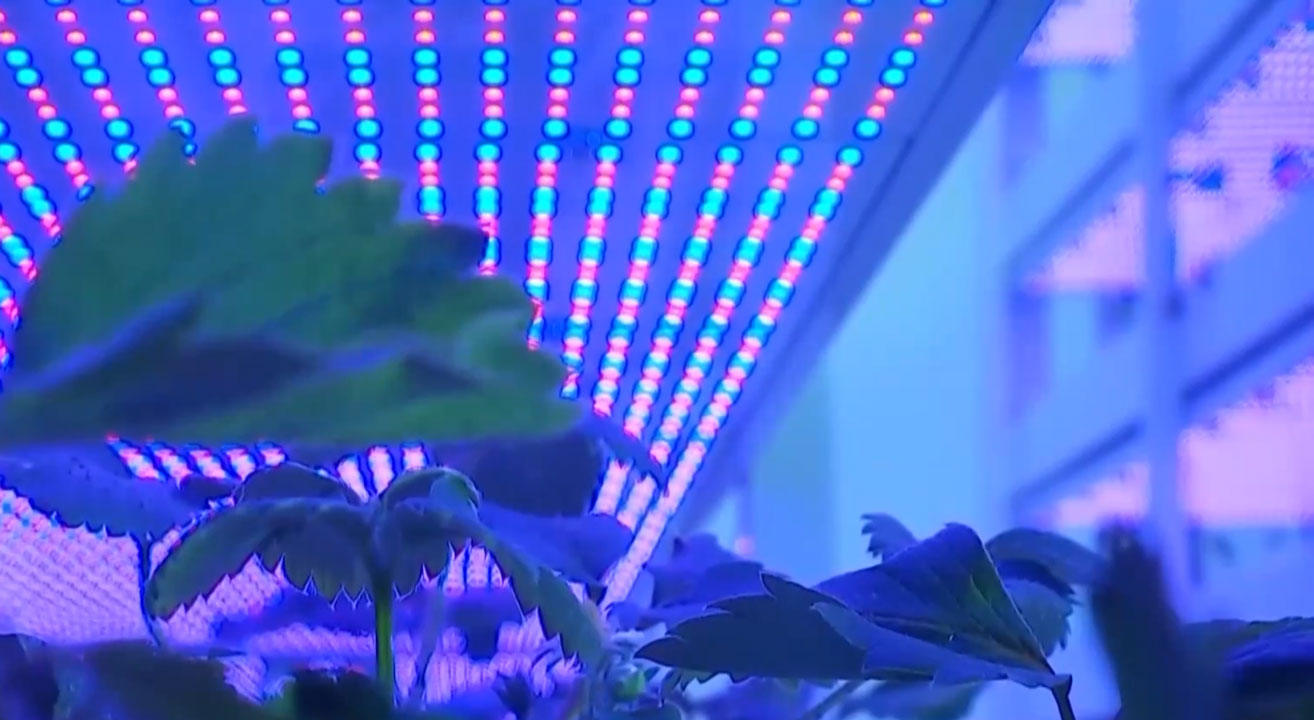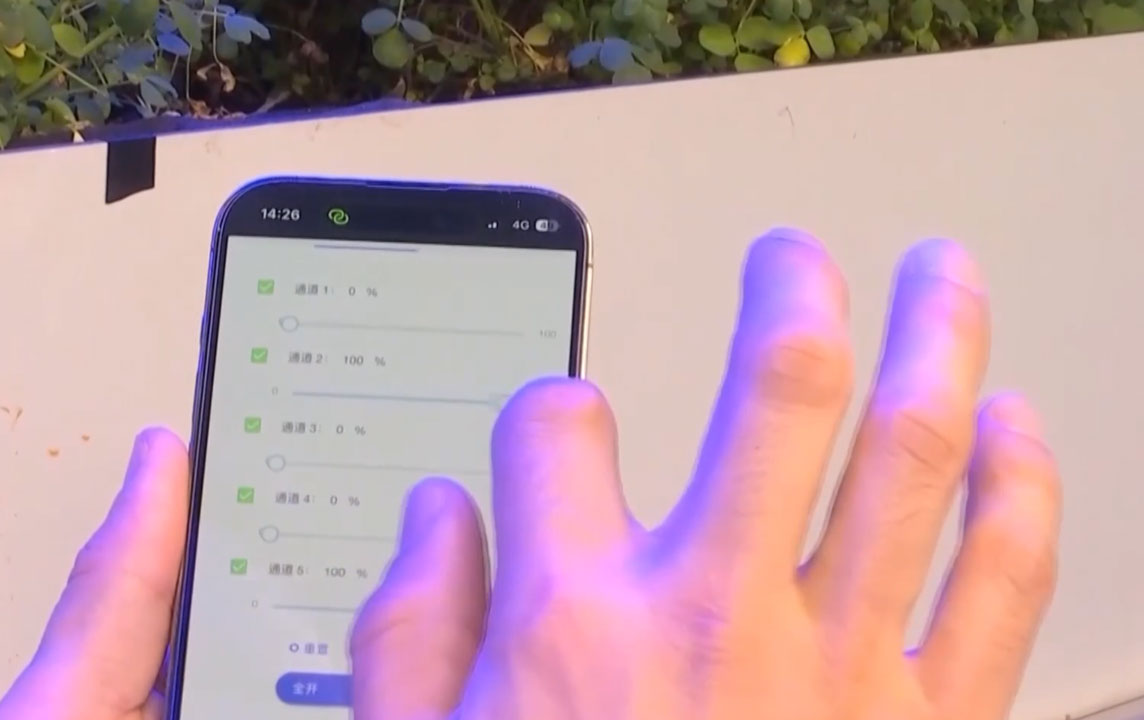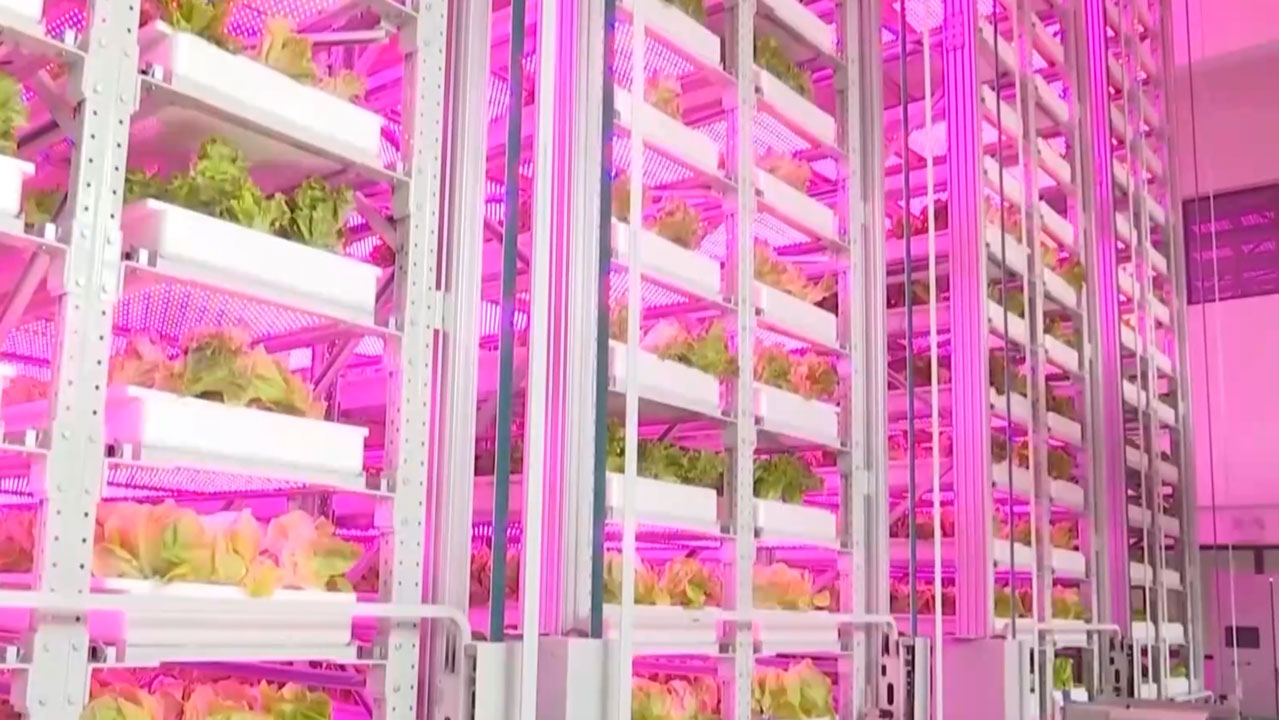China has made new progress in vertical farming by launching its first “autonomous veggie factory” in Chengdu City, the capital of southwestern China’s Sichuan Province.
Vertical farming is believed to be the future of agriculture because it allows people to grow crops in upright trays and save precious land space for other human activities.
China’s new vertical farm has 20 stories, the most in the world to date, and utilizes “industry-leading” autonomous technology, according to Gan Bingcheng, deputy head of the research institution that built the farm.
Like other typical vertical farms, this farm was built indoors, with large vertical shelves and hundreds of LED arrays. The plants looked like they were living in a 20-story apartment building with rooms tailored to their requirements.
Improved efficiency
While vertical farms cut down on land usage, the earlier forms came with their own challenges, that of efficiency. In contrast to regular horizontal farms, which would see practically all the plants get equal amounts of sunlight and water, vertical farms, with their compact space, proved a little bit more problematic because of their upright nature.
However, according to a China Media Group (CMG) report, the team at the Institute of Urban Agriculture (IUA), Chinese Academy of Agricultural Sciences (CAAS) has solved this problem. The Chengdu-based farm uses robots and can grow and harvest a crop of lettuce in just 35 days, thanks to an AI-based control system that can fine-tune the amount of light and fertilizers fed to the plants.

Plants grow under hundreds of different colored LED lights at the Chengdu-based vertical farm.

A researcher at the Institute of Urban Agriculture in China’s Chengdu City uses a smartphone to adjust the combination of lights used to grow a plant species.
Different light combinations for different plants
“We can combine different amounts of red, blue, yellow, near-ultraviolet and near-infrared lights during different stages of the plant’s lifecycle,” Wang Sen, a researcher at the IUA, told CMG. “We have built a database of 1,300 combinations for 72 types of crops.”
According to Wang, the team’s initial research results found no significant difference between lab-grown plants and those from traditional farms.
Indoor farms can “produce” vegetables faster regardless of the surrounding environment, making them ideal for urban areas, wastelands and deserts.
“We can harvest over 10 crops of vegetables every year,” said Li Zonggeng, assistant researcher at the IUA. “It’s way more efficient.”
The farm can also act as a breeding accelerator, shortening the breed time of wheat, cotton and soybean plants by at least 50 percent, the researchers said, adding that with this new technology, they no longer need to travel to tropical areas like China’s Hainan Island in winter, saving more resources in the breeding process.
The IUA said on its official website that they are in talks with listed companies like Foshan NationStar Optoelectronics to commercialize their vertical farm.
















